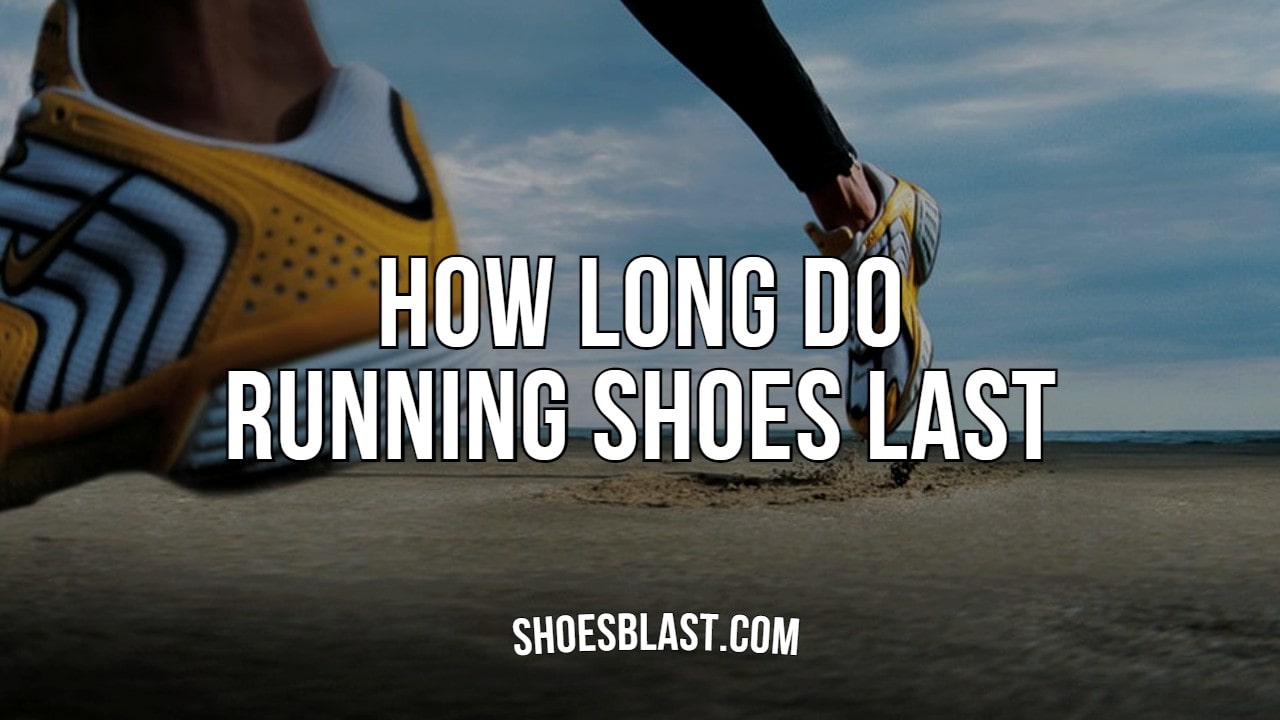Is changing shoes inevitable? | How long you are running? | What type of surface | what purpose of your shoes | Wheather condition | retired time | prolong shoe life | what to do with old shoes?
Questions like how long-running shoes last or when to replace running shoes. Also, How many miles on running shoes are the most concerned topics for runners. Today, we’ve tried to circulate this article around relevant topics so your all concerns will solve at once.
Let’s start
If you are like me, it means you get very attached to your shoes. I ran so many kilometers in those shoes, shared so many memories, explored dozens of places, and succeed in countless workouts. Is changing our shoes inevitable? When do I know it’s time to retire them? Can we prolong their lives? What to do with my old shoes? To answer these questions: Yes, change it with a twin brother, you’ll know, and yes.
Is Changing Our Shoes Inevitable?
Like everything in the world running shoes has also an expiration date. You will find all over the internet that the average lifespan of a running pair of shoes is between 480-800km (300-500 miles), if you are not keeping track of your kilometers log, that is between 3 to 5 months.
As you can see the range is significant, almost double, therefore this range can be confusing. You don’t want to retire them exactly at 480km, which might be too early, or exactly at 800km, which might be too late.
That is why you’ll find in this article the signs that tell you when the time for your shoes to retire.
First, we need to look at the adventures you are taking your shoes on. How long are you running per week? What type of surface is it? What purpose do your shoes serve? What are the weather conditions? By answering these questions, you’ll be able to determine the lifespan of your shoes.
How long are you running per week?
This answer should be a simple mathematical formula. Just add up all the kilometers and once you hit 480km (300 miles) you can start planning to buy a new pair, but it is not quite like that.
Some variables can change the scenario. If you are running only 16-28 km (10-20 miles) a week, you’ll probably have a few days off in between runs, which will give the shoes enough time to regain their shape and cushion.
If you are someone who trains for a marathon or runs more than 113 km (70 miles) per week, you’ll most likely wear the shoes more than one time per day, which will deteriorate the shoes faster because they have less time to return to their original shape and cushion.
What type of surface is it?
There is a soft surface (dirt roads or packed grass), synthetic grass, concrete/asphalt, a treadmill, and so on.
My favorite surface to run on is a dirt road. I enjoy a nice trail surrounded by trees and soft surfaces. Living in the city doesn’t always offer access to a nice trail. Instead, asphalt is the next best option/surface for people to run on.
Unfortunately, concrete (see best shoes for concrete ) or asphalt affect your shoe’s lifespan the most, due to their hardness. Soft surfaces will not only prolong your shoe’s life, but they will also help your legs recover faster from a run.
What purpose do your shoes serve?
It is hard to put all the brands and models in the same boat. Not all shoes will have the same expiration date because they are created to serve different purposes.
For example, racing flats are designed to provide speed, therefore, these models will be lighter, which means thinner grip and less dense cushioning. Trail shoes, on the other hand, are designed to be more durable because extra stiffness and ruggedness are needed for bounding over rocks and trails.
If you are looking for shoes that can last longer, try a pair that has more support with more durable soles. The only downside to this longer lifespan is the weight. These pairs of shoes are heavier than a regular pair which can impact the speed of your run.
What are the weather conditions?
Weather is one of the external factors that wear out your shoes faster. Heat and cold are the two enemies. During summer, runners sweat more and all that sweat drips down into your shoes disintegrating the midsole.
The cold temperatures below freezing make the insole and midsole stiffer, which means more pressure will be put on the soles of your foot.
When do I know it’s time to retire them?
Most manufacturers will say 480km to 800km, but this is possible if you keep a training log, if you don’t keep track of your kilometers, that’s around 3 to 5 months of running (40km per week).
For lightweight shoes, such as racing flats, the lifespan is smaller, around 322km (200 miles). I would recommend paying attention to see if your feet feel any different when you run.
Feeling pain and aches in your feet and legs is the cushioning telling you that your shoes have lost shock absorption. In my case, I know when to change my shoes because they don’t feel comfortable anymore, they fell flat.
This is because the foam has lost its ability to rebound. Uneven soles are a reason to change your shoes, but in this situation, you should look for a different model. Uneven wear means that you have a bigger problem than lack of cushioning.
This is usually related to abnormal foot structure or overpronation. This discrepancy or asymmetry could be unnoticeable, except when you check your shoe’s soles. Make sure you look into that and maybe book an appointment with a podiatrist.
Can we prolong their life?
Yes. If you want to keep your shoes around for more than a few months, you should treat them very nicely.
- Use them only for running. Avoid using them for walking around or other activities. Changing their usage creates an uneven pattern which will wear out the shoes faster.
- Use two pairs of shoes at a time. Plan on buying an extra pair of shoes to alternate them. Never run two consecutive times with the same pair. This way the shoes have enough time to regain their cushioning and dry out for the next run.
- Never put your shoes in the dryer, extreme heat will deform or degrade them, and they will never be running shoes again. Avoid the washing machine, it is better to clean only the surface with a brush.
- Dry them out after a rainy or sweaty day. A few newspapers are perfect for this job.
- Keep them away from extreme temperatures and sunlight.
What to do with my old shoes?
You don’t need to get rid of your old shoes. If they look in decent condition, you can wash them and use them for walking around or other activities. I use my old shoes at the gym and for day-to-day walking. They don’t have their perfect cushioning abilities, but they are still comfortable to walk around in. They feel better than any stiff, regular pair of shoes.
To summarize:
Manufacturers give their shoes a lifespan between 480 and 800 kilometers. It is our responsibility to see the signs of an old and worn-out pair of shoes. We can prolong their lifespan by using them only for running, alternating with another pair of shoes, and handwashing them. Lighter, speedier shoes will last fewer kilometers than a pair of heavier, more stable shoes.
New shoes, new cushioning. They will protect your joints from impact, which means fewer running-related injuries. You’ll have a more pleasant run. You’ll run longer. You’ll run faster!
If you ask my honest opinion, it is worth it to spend the extra dollars for another pair of shoes rather than working on rehabilitation exercises or postponing your race for a few weeks or months.

Hi there, my name is Petronela, and I am professional runner training in the United States but competing for Romania. I fell in love with running at the age of 14 when a stranger put around my neck a very shiny $3 dollar silver medal. Fourteen years later and I still get the same goosebumps when I win a medal.
The reason I am running is a true passion like it was when I was 14, the only difference is that small pressure to maintain the status of a professional runner, win races, and hit the times. That requires commitment, hard work, healthy choices, sacrifice, and many good pairs of running shoes. In my running career, I wore more than 1000 pairs of shoes, and my poor feet had the challenge to get used to them as many times.
I have a Master in Public Health Education and Promotion, a 4:34 indoor mile PR, a 4:13m 1500m PR, and 2:05 in the 800m. I run around 70 miles per week, and I am mentally preparing to run a 5k soon. The shoes I run in are one of the most important parts of the training process.
Nowadays, experts have developed amazing shoes that significantly impact and improve people’s athletic performances and because they are available to everyone for purchase, it is important to know which one is the best pair the shoes for you, to achieve your specific goal. That is why I am here. To share with you a little bit of my knowledge and expertise about shoes.
I hope you enjoy it!

